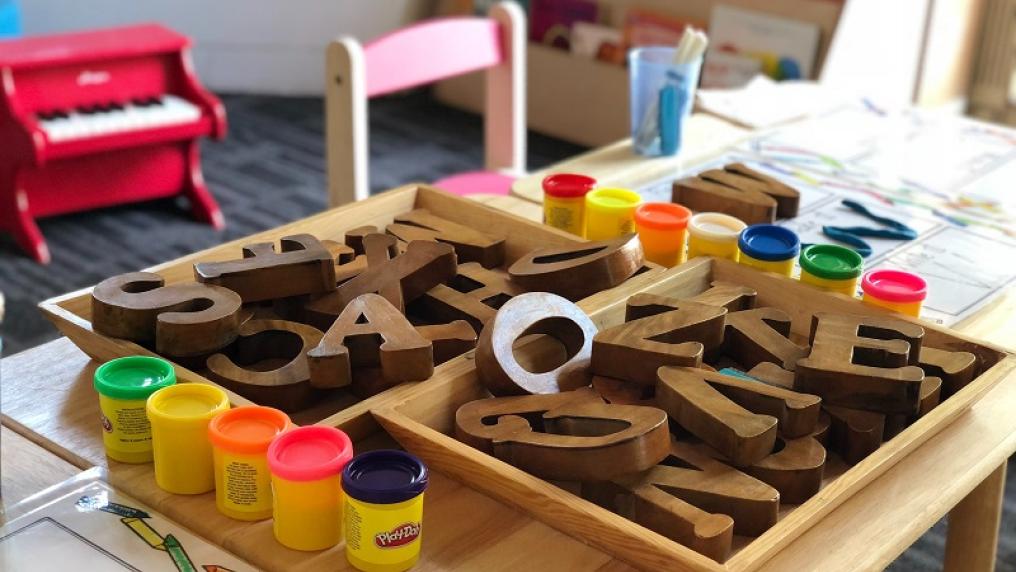The case for universal, accessible, high-quality preschool

First published in the Australian Financial Review.
Last week, Nicola Forrest and Jay Weatherill fronted the National Press Club to promote the case for a high-quality accessible universal early learning system as the next big important reform for Australia.
A new report (PDF, 1.01 MB) by the Mitchell Institute suggests that increased investment in pre-school would need to be a central plank of such an agenda. Such investment would more than pay for itself in the long run.
The current fragmented approach to preschool means that cost, access and participation varies significantly around the country. In Western Australia, Tasmania, the Northern Territory and South Australia, preschool is delivered through the public school system with families paying small levies of just a few hundred dollars per year.
By contrast, families on the eastern seaboard can pay up to $4000 per year. This equates to around $3-$4 per hour for four-year-old preschool, and up to $5 for three-year-old preschool. While there are moves by NSW, Victoria and the ACT to substantially increase funding over the next decade, including for a second year of preschool, a downward trend in four-year-old enrolments, combined with enrolment rates for three-year-olds that lag behind other OECD countries, points to a problem.
There are different approaches to balancing public/private investment across the various education sectors. For instance, in higher education there is an assumption that public and private benefits are more or less equal with individuals paying around half the cost of their course through an income-contingent loan. Graduates benefit in many ways, including through higher wages, than those who do not obtain a degree.
By contrast, the important societal benefits of school education are recognised by full public funding to support universal access.
If our ambition is to provide equal opportunity for all children from all backgrounds, the first priority would be equality of access in the early years. In the early years, there is a strong argument that public benefits are high and therefore the sector should be treated like schools rather than higher education.
High-quality preschool can increase the chances that vulnerable children will succeed at school with countless benefits stemming from that point across an individual's life. An important added bonus that this investment also frees up time for parents to turn their human capital into increased economic production.
Modelling by PwC for The Front Project (PDF) suggests every dollar invested in preschool education in Australia delivers a $2 return. For disadvantaged children, who stand to benefit the most, the returns may be $7-$13 for every dollar invested, according to US research.
While there is no doubt that the public benefits are vast, the private contribution by Australian families is the third-highest of all OECD countries, behind Japan and the UK. At 34 per cent, it’s also double the OECD average of 17 per cent coming from private sources, after subsidies are applied.
Japan’s commitment to make two years of pre-primary education free will soon see Australia take up the unenviable title of second most expensive country. And in the UK, 15-30 hours per week of early education are free – parents pay fees only if they use more than their entitlement.
Our national educational goals explicitly state that every Australian has the right to a high-quality education and the best start in life. If our ambition is to provide equal opportunity for all children from all backgrounds, the first priority would be equality of access in the early years. In higher education funding, income-contingent loans are used to deal with equity issues. But preschool, like school, is not amenable to that solution.
The only realistic approach is direct public funding for a minimum entitlement – based on evidence that shows two years of preschool are highly beneficial – with additional support for disadvantaged children. This is not just good social policy. It will be a key economic reform for the future.
The economy needs all talents to be developed, from an early age.
Republished with permission from the Australian Financial Review.
Stepping Up: Securing the Long-Term-Future of Preschool Report
Families in Eastern States Pay Around Twice as much for Preschool
The Conversation
Report finds every $1 Australia spends on preschool will return $2
The Conversation
Preschool is shaping up to be a federal election issue
The Conversation



